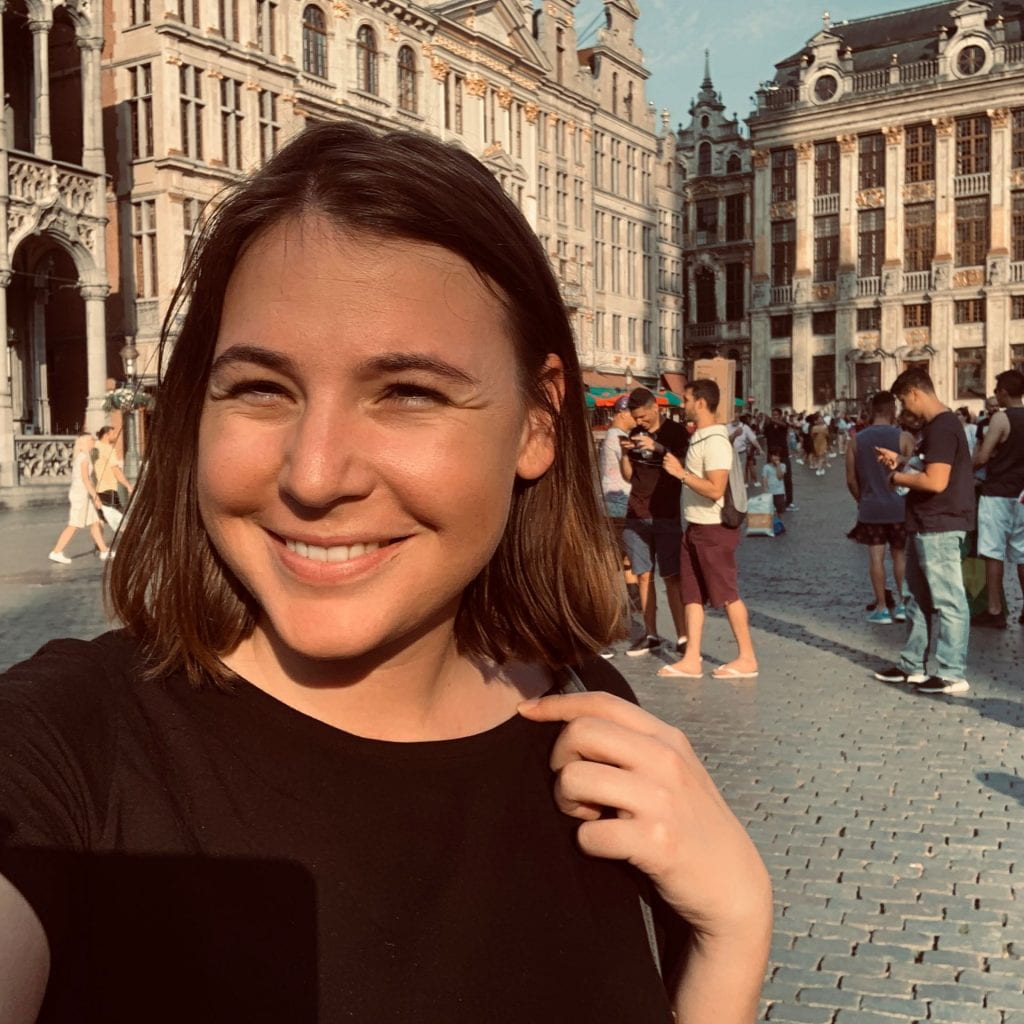Web 2.0 has undoubtedly changed the way we create, access and share information. I think one of the most significant and defining characteristics of Web 2.0 that has informed new models of information sharing is the concept that anyone with access can have voice. People of all backgrounds are jumping online into social media platforms, forums, blogs to share their messages and to be heard. Whether its a selfie on Instagram, a post on a fashion blog, uploading a new GPX track to Traildino or leaving a comment on a company’s TripAdvisor page. Anyone with access to the internet can be heard. This new model and freedom of information creation highlights two concerns for me.
Firstly the amount of information that is being poured into the web is overwhelming. Andrade et al. (2014) suggests that 90% of the world’s information created has been generated in the past two years and is growing at a staggering rate of 40%.
You are not wrong!
Countless times I have given up on an information finding task because I was just so simply overwhelmed and frustrated having to sort through the plethora of relevant and irrelevant information. In contrast, I was not surprised when I stumbled up on Thanh (2015) and discovered that TripAdvisor sorts comments and feedback based on users Facebook social graph and friends list. I am still undecided if this persoanlised access to information is a good or bad thing. Convenient but maybe I am missing access to some information?
The second concern is centered around trust and quality of information. If we are going to use and embrace this model of information sharing we need to consider and ensure the data being collected is accurate or at least being monitored. Saulles (2017) touches on this concept of trust and explains its pivotal role in blogospheres and digital news media. Earlier this year I was shown this Vice documentary and was equally amused and terrified. In a nutshell a young man created a fictitious restaurant and used fake user reviews on TripAdvisor to boost the restaurants ratings on the site.
I don’t want to go as far to say that this model of information sharing is flawed however social experiments such as this highlights the need for awareness and vigilance. So what does this all mean for educators? Firstly and most obviously there is a heightened need for critical awareness when accessing information online.
Secondly I think we need to seriously reconsider how we store and share information. My understanding of how data is stored and access is still developing but with the rapid rise of online content I am curious and anxious to see if our current practices can sufficiently cope with the demands of the data drenched future.
References:
Andrade, P. L. et al. (2014) From Big Data to Big Social and Economic Opportunities: which policies will lead to leveraging data-driven innovation’s potential? In The Global Information Technology Report 2014, World Economic Forum.
De Saulles, M. (2012). New models of information production. In Information 2.0: new models of information production, distribution and consumption (pp. 13-35). London: Facet.
Thanh, L. (2015).Building Trust on the Online Review Site of Trip Advisor: The Cases of Top Ranked Hotels in Ho Chi Minh City, Vietnam. Global Review of Research in Tourism, Hospitality and Leisure Management. An Online International Research Journal) 1 Issue: 2 318 www.globalbizresearch.org

Leave a Reply